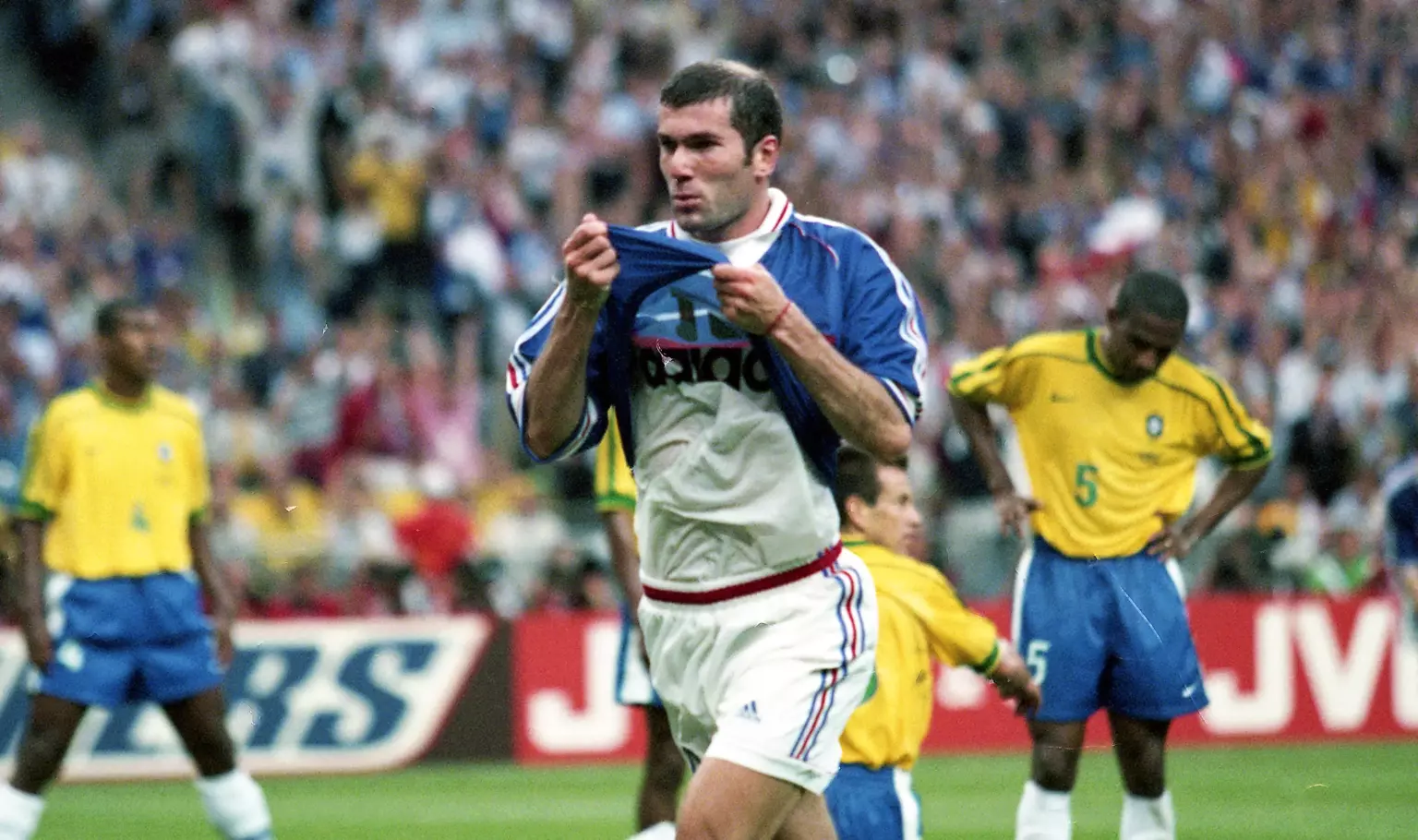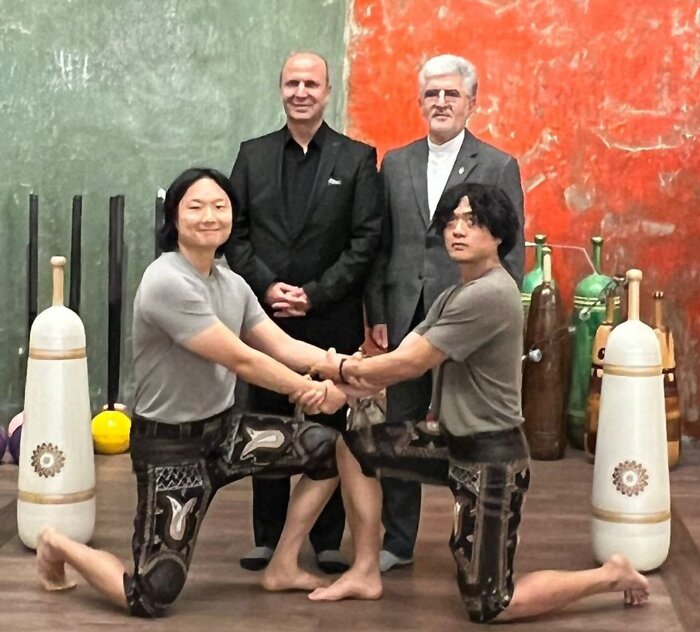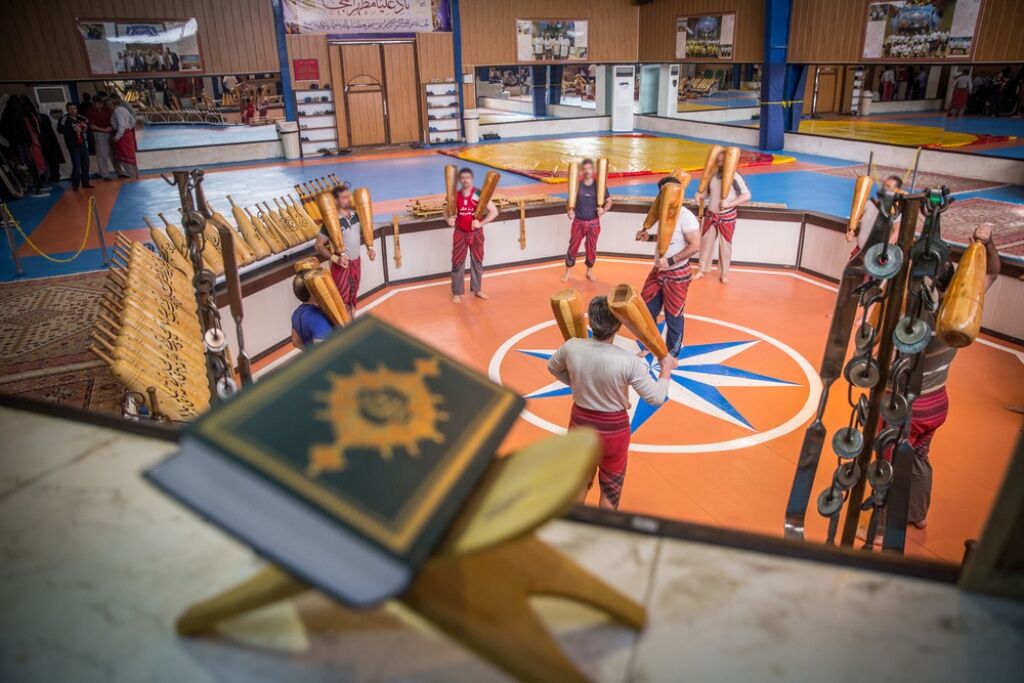The full match schedule for the FIFA World Cup 2026™, which will be the biggest edition yet, was released on 4 February.
The forthcoming 23rd World Cup promises to be laden with suspense, entertainment and fantastic narratives, and will represent another pivotal moment in the long and wonderful history of the tournament.
Can you remember what Switzerland 1954, Spain 1982 and France 1998 have in common? Did you know that the very first World Cup featured just 13 teams? Or that the 24-team version only lasted for four tournaments?
FIFA.com takes a look back at the intriguing history of the World Cup format.
Uruguay 1930 to Brazil 1950: The inception of a legendary tournament
Participants: between 13 and 16
Number of matches: between 17 and 22
The first-ever FIFA World Cup took place almost a century ago, in 1930. Twelve sides from three different continents made the trip to Uruguay, the first host nation. With 13 teams involved, the competition opted for a unique format: three groups of three and one of four, followed by semi-finals contested by the four winners.
In contrast to the group stage used in 1930, the Italy 1934 and France 1938 editions switched to a knockout-only format, starting with a round of 16. These two European pre-war tournaments remain the only World Cups to be played without groups.
When the event made its long-awaited return in 1950, the group stage was re-established, albeit with just 13 teams, mirroring the inaugural tournament. Famously, Brazil 1950 is the only World Cup not to include a specific final, with the competition culminating in a four-team group during which the iconic and unforgettable Maracanazo between Uruguay and the hosts took place – a match that saw La Celeste crowned world champions courtesy of an epic 2-1 victory.
Switzerland 1954 to Argentina 1978: 16 nations in search of glory
Participants: 16
Number of matches: between 26 and 38
Although fans did not know it at the time, the 1954 tournament, the fifth in football history, marked a turning point for the World Cup. It introduced a format that won over spectators and players alike: 16 teams, split up into four groups of four, with the top two in each qualifying for the quarter-finals.
However, it was not until the subsequent tournament, hosted by Sweden, that the 16-country format properly found its feet. At Switzerland 1954, all of the teams in the same group did not play each other; instead, the two seeded sides faced the other two. In 1958, it was decided that every team would have to play the three other nations in their group in order to decide who would reach the quarter-finals.
This simple yet effective system helped the World Cup to develop into the most popular competition on the planet. It was within the 16-team format that the legendary Pele earned his three winners’ medals (in 1958, 1962 and 1970), that England shone in front of their own fans in 1966, and that the late Franz Beckenbauer proudly lifted the coveted trophy in Munich in 1974.
At West Germany 1974 and Argentina 1978, further innovations were introduced, as the quarter and semi-finals were replaced by a second group phase involving two sections of four teams each. Whoever finished top clinched a place in the final, with the runners-up contesting the match for third place. And while the global contest was again a resounding success, it became evident that the 16-team formula had run its course.
Spain 1982 to USA 1994: Titanic 24-team tussle
Participants: 24
Number of matches: 52
With football developing rapidly in an increasing number of countries all over the globe, FIFA opted to increase the number of participants in 1982. That year, in Spain, no fewer than 24 national teams from five continents battled it out for the right to call themselves world champions. The tournament began with six pools of four, from which the top two advanced to a second stage, organised into four groups of three. The first-placed teams would each book a spot in the semi-finals.
In 1986, the concept of a second group stage was consigned to history. Instead, the four third-placed teams with the best records joined the top two sides from six groups to form a round of 16, a stage not seen at a World Cup since 1938. The format at Mexico 1986, from which Diego Maradona’s Argentina emerged victorious, was replicated in 1990 and in 1994, before major changes were made to an event that was now more popular and competitive than ever.
France 1998 to Qatar 2022: An enduring 32-team system
Participants: 32
Number of matches: 64
France 1998 constituted a new milestone in the history of the World Cup, because for the first time 32 teams came together in a bid to win the most sought-after piece of silverware on the planet. The rule pertaining to best third-placed teams was dropped after three tournaments, and in its place came a straightforward format of eight groups of four nations, from which the top two would earn a spot in the last 16.
This configuration, brought in as the World Cup entered the 21st century, proved extremely popular with fans and increased the overall level of competition. In addition, it allowed a number of teams to become mainstays of the tournament.
The eight-pool set-up was used at six further World Cups, longer than any other format. It has appeared to suit some teams more than others, like France, runners-up at two of them (2006, 2022), but also winners at two others (1998, 2018).
- نویسنده : محمدمهدی اسماعیلی رها





























Friday, 5 December , 2025